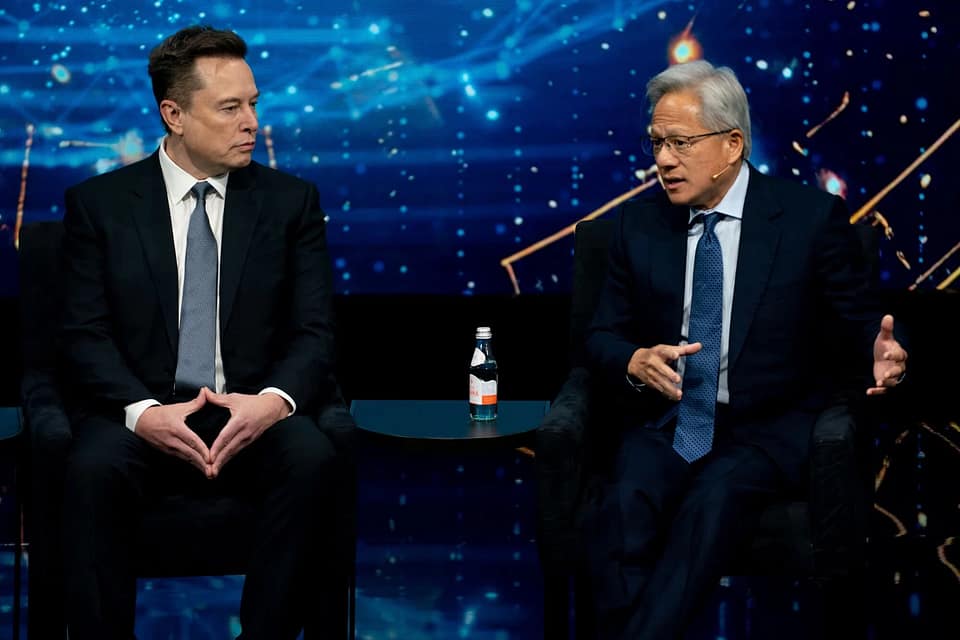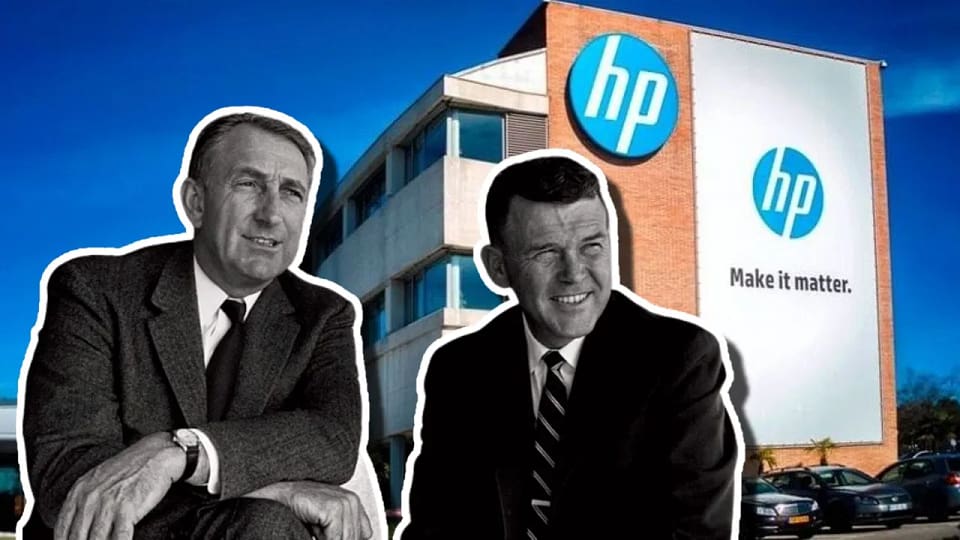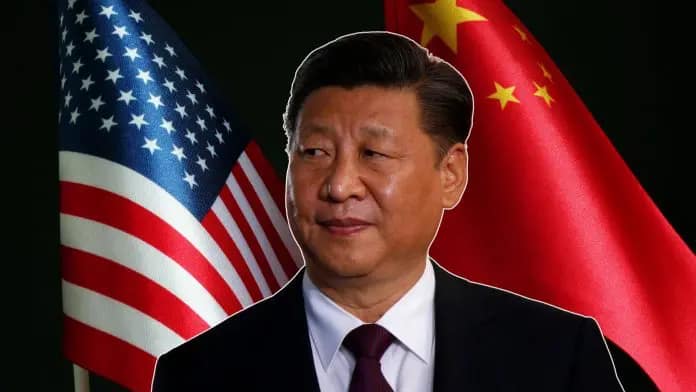Adidas stands as a global titan in the sportswear industry, a brand synonymous with athletic excellence, style, and innovation. From its humble beginnings in a small German town to its current status as the second-largest sportswear manufacturer in the world, Adidas’ success story is a testament to strategic vision, adaptability, and a relentless pursuit of excellence. This article delves into the business sense behind Adidas’ rise, exploring how the company transformed challenges into opportunities, leveraged marketing brilliance, and stayed ahead in a fiercely competitive market—all while optimizing key SEO terms like “Adidas success story,” “sportswear industry,” and “business strategy” to ensure visibility in today’s digital landscape.

The Genesis of Adidas: A Family Affair Turned Global Brand
Adidas’ journey began in 1924 in Herzogenaurach, Germany, when Adolf “Adi” Dassler and his brother Rudolf founded the Dassler Brothers Shoe Factory. Their mission was simple yet ambitious: to craft high-quality athletic footwear tailored to athletes’ needs. The turning point came in 1936 when American sprinter Jesse Owens wore Dassler shoes to win four gold medals at the Berlin Olympics, thrusting the brand into the international spotlight. This moment wasn’t just a win for Owens—it was a marketing coup that showcased the brand’s potential.
However, family tensions led to a split in 1948, with Adi founding Adidas (a blend of his nickname and surname) and Rudolf launching Puma. This sibling rivalry birthed two sportswear giants, setting the stage for decades of competition. For Adidas, the split was a defining moment, forcing Adi to sharpen his focus on innovation and quality—core values that would drive the company’s success.
Innovation as the Backbone of Growth
Adidas’ early success hinged on its commitment to product innovation, a cornerstone of its business strategy. Adi Dassler’s hands-on approach—working directly with athletes to understand their needs—resulted in groundbreaking designs like the lightweight soccer shoes with screw-in studs introduced in the 1950s. These innovations gave athletes a competitive edge, cementing Adidas’ reputation as a performance-driven brand. By 1967, the company expanded into apparel, further diversifying its portfolio and broadening its market appeal.
This focus on innovation wasn’t just about products; it was a mindset that permeated the company’s operations. Adidas consistently invested in research and development, ensuring its offerings evolved with changing athletic demands. Today, this legacy lives on in products like the UltraBoost running shoes and sustainable lines made with recycled ocean plastic in collaboration with Parley for the Oceans—moves that blend performance with purpose, appealing to modern, eco-conscious consumers.
Navigating Challenges: A Tale of Resilience
Adidas’ path to success wasn’t without turbulence. By the late 1970s and 1980s, the rise of Nike posed a formidable threat. Nike’s aggressive marketing and focus on lifestyle sneakers outpaced Adidas, which had become complacent after years of dominance. The company also faced internal strife following Adi Dassler’s death in 1978, with mismanagement and a lack of clear direction leading to financial losses. By the early 1990s, Adidas was teetering on the edge of bankruptcy—a stark contrast to its earlier glory.
The turnaround came in 1993 when French entrepreneur Bernard Tapie sold Adidas to a group of investors, followed by Robert Louis-Dreyfus taking the helm as CEO. Louis-Dreyfus, often credited as the architect of Adidas’ revival, brought a fresh business perspective. He streamlined operations, cut costs, and refocused the brand on its sporting heritage while embracing modern marketing tactics. This strategic pivot pulled Adidas back from the brink, proving that resilience and adaptability are as vital to business success as innovation.
Marketing Mastery: Building a Global Brand Identity
Adidas’ marketing strategy has been a masterclass in blending authenticity with aspiration, a key driver of its success in the sportswear industry. The iconic “Impossible is Nothing” campaign, launched in 2004, encapsulated this ethos. Featuring legends like Muhammad Ali and his daughter Laila, the campaign used storytelling to connect with consumers emotionally, reinforcing Adidas’ image as a brand for dreamers and achievers. This wasn’t just advertising—it was a cultural statement that resonated globally.
Strategic partnerships have also fueled Adidas’ growth. Collaborations with high-profile athletes like Lionel Messi, Serena Williams, and David Beckham lent credibility and star power, while tie-ups with designers and celebrities like Kanye West (via the Yeezy line) and Pharrell Williams expanded its reach into streetwear and lifestyle markets. These moves broadened Adidas’ demographic, appealing to both athletes and fashion enthusiasts—a savvy business strategy that boosted revenue and brand equity.
Digital marketing has been another game-changer. Adidas recognized the shift to online platforms early, investing heavily in e-commerce and social media. Campaigns like the “All in or Nothing” challenge during the 2014 FIFA World Cup leveraged Google’s ecosystem and online gaming to engage fans, driving 320,000 participants and 18,715 hours of gameplay. Today, Adidas’ “Own the Game” strategy commits over €1 billion to digitalization by 2025, ensuring it stays ahead in a digital-first world—a critical factor in its ongoing success.
Overcoming the Yeezy Setback: A Recent Chapter
Adidas faced a significant hurdle in 2022 when its lucrative partnership with Kanye West’s Yeezy line ended amid controversy. The Yeezy business had generated billions, and its loss triggered a crisis. Yet, under CEO Bjørn Gulden, who took over in 2023, Adidas mounted a remarkable recovery. Gulden refocused the brand on its core strengths—athletic performance and iconic products like the Samba sneaker—while clearing excess inventory and boosting profitability. By 2024, Adidas had regained momentum, proving its ability to weather storms through strategic agility.
Sustainability and Social Responsibility: A Modern Edge
In today’s market, success isn’t just about profit—it’s about purpose. Adidas has embraced sustainability as a competitive advantage, launching initiatives like its Parley collaboration and committing to net-zero emissions by 2050. These efforts resonate with Gen Z and millennial consumers, who prioritize ethical brands. By integrating sustainability into its business model, Adidas not only enhances its reputation but also future-proofs its growth—a smart play in a socially conscious era.
Lessons from Adidas’ Success Story
Adidas’ journey offers valuable lessons for businesses aiming to thrive in competitive industries. First, innovation must be relentless—stagnation invites decline. Second, adaptability is key; Adidas’ ability to pivot during crises kept it relevant. Third, marketing isn’t just about selling—it’s about storytelling and building connections. Finally, aligning with consumer values, like sustainability, strengthens loyalty and market position.
Conclusion: A Legacy of Triumph
Adidas’ success story is a blend of vision, grit, and strategic brilliance. From Adi Dassler’s workshop to a €21 billion empire, the brand has navigated rivalry, reinvention, and reinvigoration to remain a leader in the sportswear industry. Its ability to innovate, market effectively, and adapt to changing times ensures that Adidas isn’t just a brand—it’s a legacy. For businesses and entrepreneurs, Adidas exemplifies how a clear mission, paired with smart execution, can turn “impossible” into “nothing”—a mantra that continues to define its enduring success.
Discover more from News Diaries
Subscribe to get the latest posts sent to your email.




























